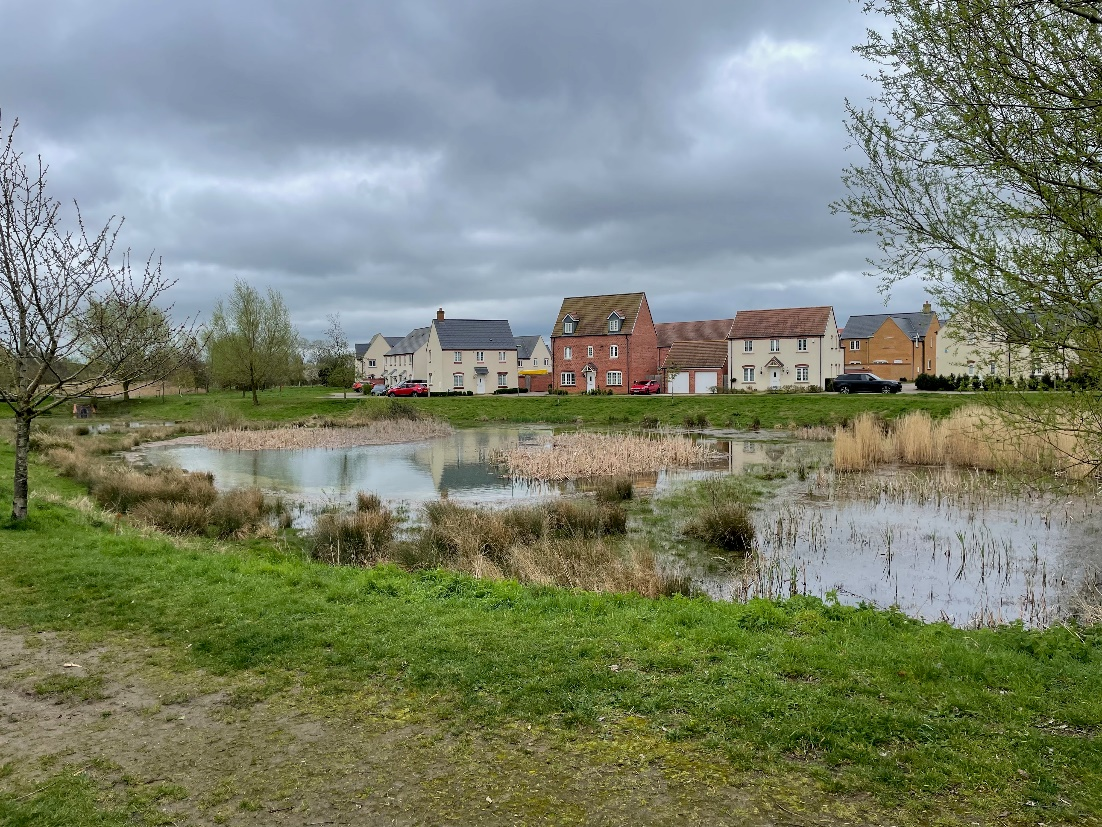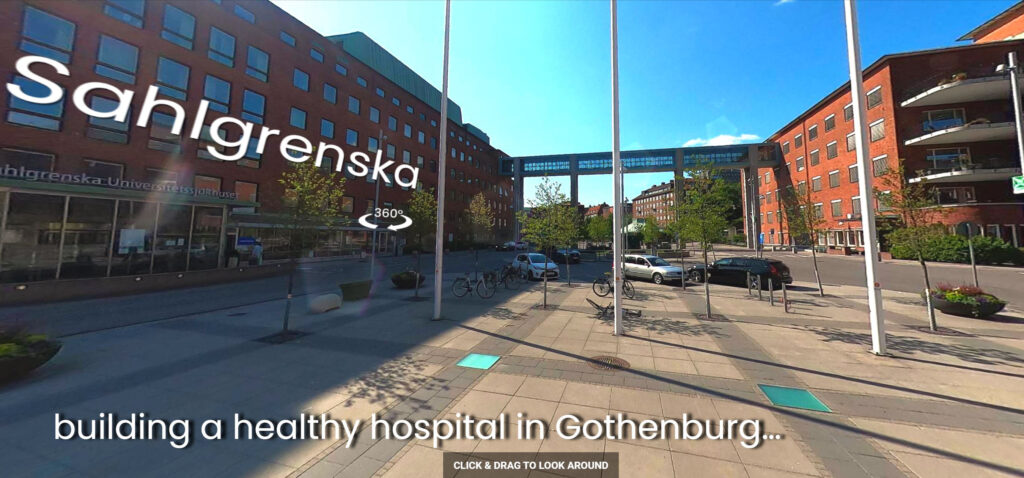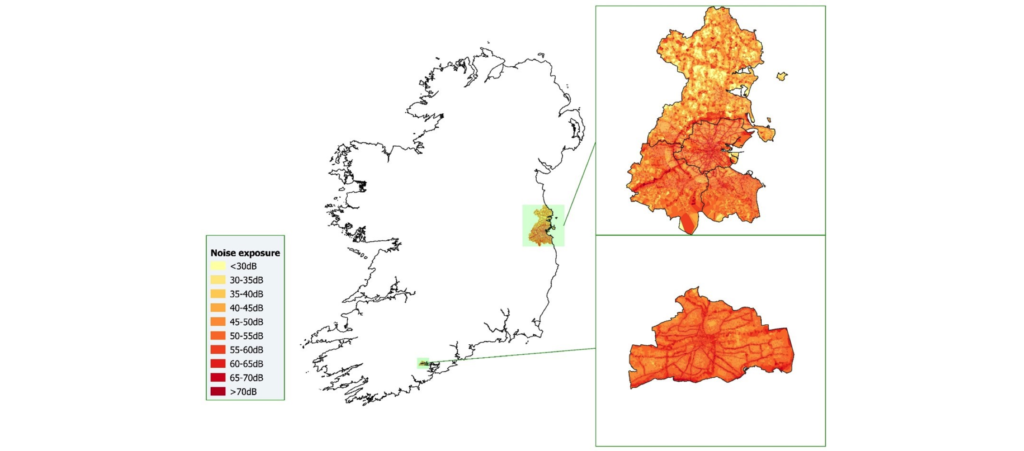City Know-hows

Providing access to greenspace is insufficient in ensuring that positive benefits are realised. Critical characteristics may distinguish between those spaces that encourage people to visit them and those that are uninviting. This article provides a case study of a residential urban extension in one of the UK’s ‘Healthy New Towns’.
Share
Target audience
City planning officers; urban designers; public health professionals; developers; community organisations.
The problem
Access to greenspace is widely recognised as a key tool to improve health and wellbeing and enhance the resilience of urban ecosystems. Actual provision of neighbourhood greenspace in England remains a challenge because greenspace is becoming increasingly comprised both in terms of quantity and quality due to the pressures of development and lack of maintenance due to costs to local authorities under a regime of government-imposed budget cuts.
What we did and why
Our study involved a cross-sectional survey and in-depth interviews with residents of a new urban extension to a town developed as part of the UK Government’s ‘Healthy New Town’ programme that aimed to create new homes located in well planned, healthy communities, with plenty of access to green spaces. The survey and interviews identified respondents’ levels of use and satisfaction with different types of greenspace provision and the perceived impact on personal health and wellbeing.
Our study’s contribution
We reveal the characteristics of residents’ use and experience of different types of neighbourhood greenspace and how this is perceived to affect health and wellbeing. Our study highlights that providing access to greenspace is not enough to ensure that positive benefits are realised and that critical characteristics of greenspace should be considered above and beyond proximity. We provide key recommendations for maximising the health and wellbeing benefits of urban greenspace based on our empirical findings.
Impacts for city policy and practice
Our research suggests that simply providing access to greenspace within a development is unlikely to maximise positive health and wellbeing outcomes unless it inherits the necessary characteristics to attract users and encourage health-enhancing activities. Attention should be given to access within greenspace and providing a variety of greenspace provision. Suitable measures should be put into place to ensure that greenspaces are well-maintained in perpetuity.
Further information
Full research article:
Related posts

The quality of life for autistic individuals is closely linked not only to societal attitudes and the level of support provided by local and national authorities but also to the spatial and formal aspects of their surrounding environment. A key question is: How can urban planners, architects, and decision-makers facilitate the creation of autism-friendly cities?

On this webpage, follow the Bötzowviertel case, a neighborhood streetscape analysis with pedestrian solutions.

Want to know more about noise and mental wellbeing? Our latest research from two Irish cities.